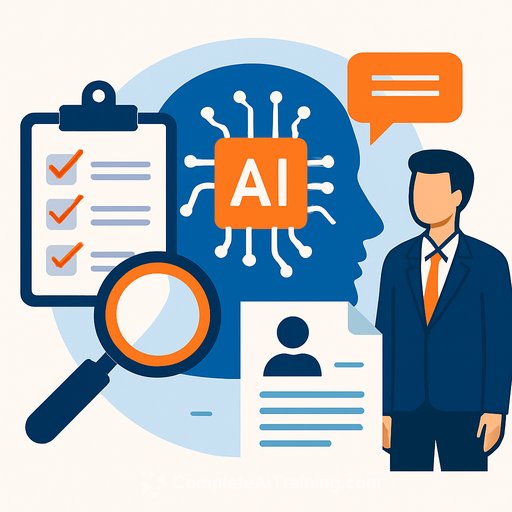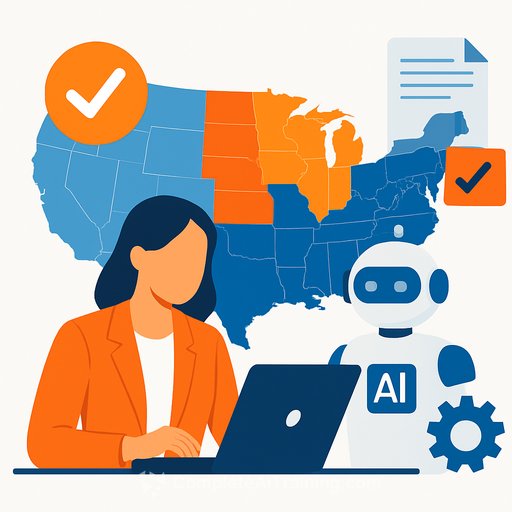The Algorithm Never Blinks: Why Contact Center AI Is Creating a New Kind of Agent Burnout
AI was supposed to make contact center work easier. Fewer repetitive tasks, smarter routing, real-time coaching. That was the pitch.
Yet 75% of contact center leaders now worry AI is making agent wellbeing worse. Talk to frontline teams and you'll hear why: they're not worn down by customers - they're worn down by the system watching them work.
The Well-Intentioned Digital Supervisor
Modern platforms analyze nearly every interaction. They track sentiment, script adherence, compliance, and give live prompts. Supervisors get dashboards filled with scores and "opportunities."
The intent is good: reduce cognitive load and burnout. The effect is mixed. Being "helped" every second can feel like being micromanaged by software that never blinks.
The Cognitive Tax of Constant Guidance
Here's the hidden cost. Every AI suggestion forces a choice: follow your instinct or the prompt? Every alert about "rising frustration" adds pressure you already felt. Every tiny score change makes you second-guess what you knew was right.
Psychologists call it a vigilance tax - the mental toll of monitoring and correcting a system that's supposed to help. Recent data shows 87% of agents report high stress, and over 50% face daily burnout, sleep issues, and emotional exhaustion. The tool meant to reduce stress can become the source of it.
From Assistance to Algorithmic Management
The shift is subtle but real. AI no longer just assists; in many shops, it manages. It routes calls, measures empathy, tracks response time, and nudges language choices - then feeds those metrics into pay, coaching, and disciplinary decisions.
About 70% of workers believe performance data is used mainly for discipline, not development. One agent put it simply: "It feels like a driving test that never ends."
The Reality Behind the Dashboard
Picture an experienced agent on a tricky financial services call. The AI suggests a scripted response. She senses the customer needs acknowledgment first, then a clear fix. She goes off-script and resolves it well.
The customer is happy. Her score dips. No one says anything, but she notices. Next time, she hesitates before trusting her judgment. Multiply that micro-hesitation across hundreds of calls, and you get quiet exhaustion.
As AI Takes Routine Work, Complex Calls Intensify
Automation handles easy questions. What's left on the queue? Angry customers, unusual problems, and emotionally charged situations. These calls demand judgment and empathy.
More than 68% of agents report getting calls weekly that training didn't prepare them to handle. The AI can suggest a phrase; it can't carry the emotional weight.
What HR and Operations Can Do Now
The answer isn't to roll back AI. It's to rebalance control, transparency, and support. Practical moves you can implement this quarter:
- Design for support, not control: Make AI optional assist, not mandatory instruction. Set clear "agent choice" defaults for suggestions.
- Be transparent about scoring: Publish the key factors behind performance algorithms. Show how each metric influences pay and progression.
- Train for confidence alongside compliance: Teach when to follow prompts - and when to override them. Role-play complex scenarios AI struggles with.
- Protect agent autonomy: Give agents a one-click override with a quick reason code. Treat overrides as valuable insights for model tuning, not errors.
- Limit real-time interruptions: Cap in-call alerts. Batch non-critical guidance for post-call coaching. Offer a "focus mode" for difficult interactions.
- Monitor wellbeing with the same rigor as metrics: Track cognitive load, emotional exhaustion, and job satisfaction. Many organizations still don't measure these, which hides the problem.
- Set clear guardrails: Define what AI can and cannot influence (e.g., no auto-penalties for empathetic deviations that resolve the issue).
- Calibrate monthly across teams: Review a sample of calls where agents overrode AI. Identify patterns, update playbooks, and tune prompts.
- Rethink KPIs: Balance AHT with first-contact resolution, customer effort, and agent discretion. Otherwise, AI will optimize the wrong outcome.
- Create a lightweight AI governance loop: Involve HR, Ops, Legal, and frontline reps. Publish changes to scoring models and get feedback before rollout.
The Economic Reality
Replacing a single agent can cost $30,000-$40,000. With 1,000 agents and 40% attrition, that's up to $16 million a year in replacement costs alone. Industry attrition has risen from 42% in 2022 to around 60% today.
When experienced agents leave, quality drops. Handle times creep up. Errors increase. Customer satisfaction dips. Retention isn't just a people goal - it's a cost and CX strategy.
A Better Way to Use the Tech
AI works best when it amplifies human judgment, not overrides it. It should reduce toil, reveal context, and support decisions - without demanding constant attention or punishing nuance.
Companies that get this right will keep their best agents, grow institutional knowledge, and deliver better customer outcomes. Not because they turned everything into a script, but because they gave skilled people room to do their best work.
Here's What Keeps Me Up at Night
AI can listen faster, analyze deeper, and remember more. What it can't do is earn trust in a tense moment. Or feel the weight of being scored by an opaque system while trying to help someone on the other end of the line.
So the question isn't "Should we use AI?" It's this: Are we building systems that help people think - or training them to stop? The answer will decide the future of agent work and the experience our customers get.
Next Step
If you're updating training to help agents collaborate with AI - not be controlled by it - explore practical resources that focus on skills, judgment, and workflow design. A good starting point is a curated set of AI courses by job role and skill level.
Your membership also unlocks:










